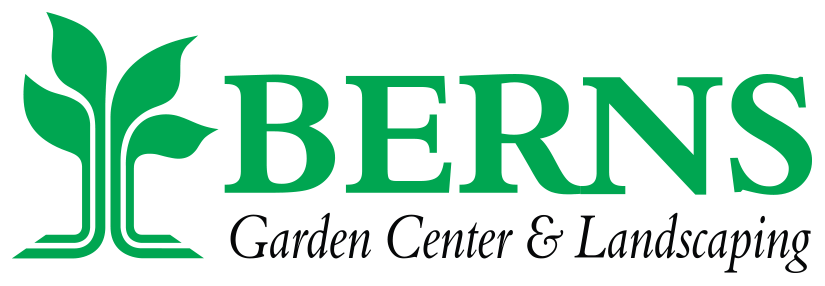What’s the buzz about pollinator-friendly plants?
Most of us have heard about the decline in pollinator populations over the last decade. And it really is an area of growing concern. Many scientists believe we’re quickly approaching a crisis.
While there’s much debate over chemical use and its effects on bees, butterflies, wasps, hummingbirds, and their relatives, there’s an even simpler reason for pollinator decline: a lack of habitat and food sources.
Be an oasis in a food desert
Simply put, today’s landscape just doesn’t support pollinators the way it used to. Development, lawns, and “sterile” plantings have created a food desert for pollinators.
But together, we can help. And planting pollinators isn’t just good for the environment, it’s also a great way to attract beautiful birds and insects. Let’s explore how easy, beautiful, and immensely rewarding it is to care for these vital members of our ecosystem. And remember that even a small patch or container of pollinator-friendly plants can be a big help.
The birds and bees (literally) of plant reproduction
A pollinator is an insect, or sometimes another animal, that moves pollen from a male plant to a female plant, thus fertilizing the female plant to create more plants, making pollinators essential to many plants’ reproduction. Not all pollinators consume the pollen itself; some are going for flower nectar, but as they gather that nectar, they also carry pollen from plant to plant.
A lot of people hear “pollinator” and immediately think of Apis mellifera, the Western or European honeybee. But despite the enormous role honeybees now play in pollinating America’s plants and trees, they’re far from the only pollinator in town. In fact, honeybees aren’t even native to North America!
Hundreds of species of insects and animals support pollination in some way, including:
- Bumblebees
- Solitary bees
- Social bees (European honeybees)
- Butterflies
- Moths
- Hummingbirds
- Sunbirds
- Hoverflies
- Bluebottle flies
- Bee flies
- Leafcutter bees
- Sweat bees
- Solitary wasps/Pollen wasps
- Flower beetles
- Mosquitoes (alas)
- Bats
- Lizards
- Rodents
So, let’s talk about plants we can grow to help feed some of these vital denizens of Zone 6!
Variety truly is the spice of life
Different pollinators have different feeding needs. For example, some species–butterflies, hummingbirds, and certain bumblebees–have long tongues that can reach into the deep, cuplike flower blooms for nectar and pollen. Others, like honeybees, have very short tongues and need broader, flatter “dinner plates.” Some pollinators consume a plant’s leaves, but transfer pollen from plant to plant as they go.
Bottom line: a range of plant varieties is not only a feast for human eyes, but a veritable smorgasbord for pollinators
Timing is everything
Another thing to consider is “bloom time.” A truly well-done pollinator garden supports pollinators from spring through early fall.
The list below barely scratches the surface. There are hundreds of beautiful, pollinator-friendly plants in virtually every color, growth habit, and size that will add glorious variety to your garden while sustaining busy, entertaining activity all season long. When you visit our Middletown or Beavercreek locations, you’ll find many, many more. Bern’s plants are labeled for “pollinator friendliness” and grown to thrive in our southern Ohio climate.
- Golden Alexanders (Zizia aurea)
- Butterfly milkweed (Asclepius tuberosa)
- Wild white indigo (Baptisia alba), or other variety of “False Indigo” (Baptisia)
- Coneflower (Echinacea)
- Lanceleaf coreopsis (Coreopsis lanceolata)
- Black-Eyed Susan (Rudbeckia hirta)
- Wild bergamot (Monarda fistulosa)
- Eastern smooth penstemon (Penstemon laevigatus)
- Eastern rosemallow (Hibiscus moscheutos)
- Wingstem (Verbesina alternifolia)
- Narrowleaf sunflower (Helianthus angustifolius)
- Purple passionflower (Passiflora incarnata)
- Hyssop (Agastache)
- Aster (Asteraceae)
- Lavender (Lavandula)
- Russian Sage (Perovskia aptriplicifolia)
- Calamint (Calamintha nepeta)
- Soapwort (Saponaria ocymoides)
- Gaura (Lindheimeri)
- Heal-All (Prunella)
- Windflower (Anemone)
- Calendula (Calendula officinalis)
- Sage/Salvia
- Cosmos
- Verbena (Vervain)
- Greek or Italian Oregano
- Zinnia (Zinnia elegans)
- Blazing Star (Liatris)
- Bee balm (Monarda)
Again, these are just a few of the many, many plants that can help feed one of our most essential natural resources. And you enjoy all the benefits–nothing lifts the spirits like sitting and watching an afternoon garden that’s literally buzzing with hummingbirds, butterflies, and bees at work. Drop in and join the movement today!


